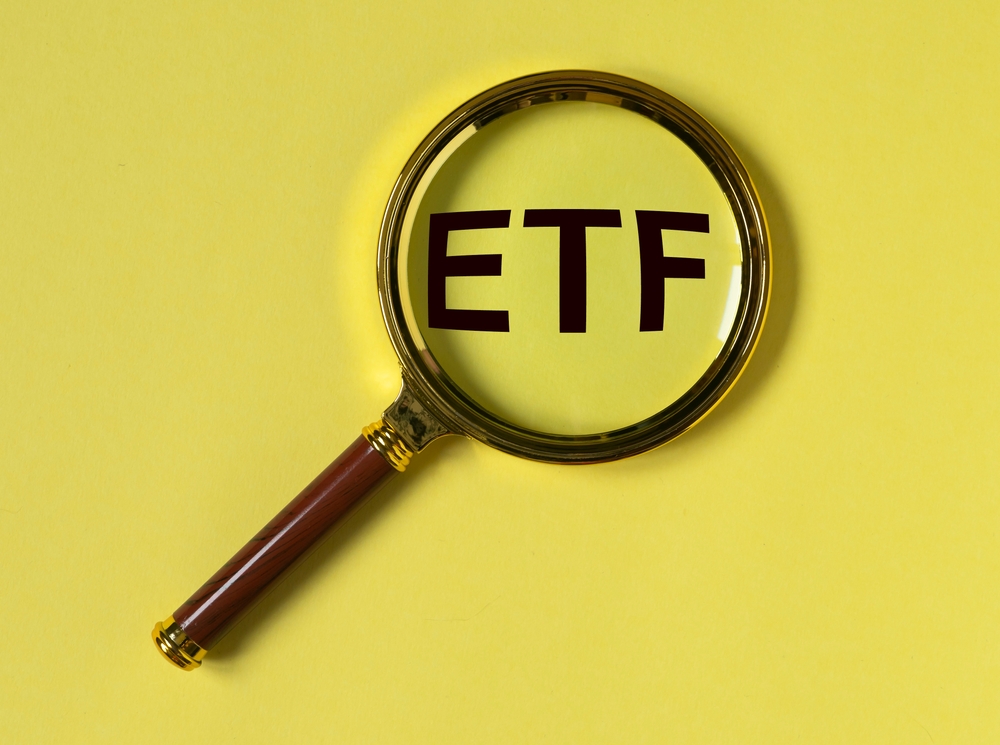In a sign ETFs are becoming increasingly central to the modern-day financial markets, 2022 has been another busy year for academics taking an intricate look at the wrapper.
One thing is for sure, it has certainly been another testing year for ETFs. The sanctions on Russian securities created a storm even ETFs could not ride out after exchanges closed trading while scrutiny surrounding the growing influence of passive giants continued to intensify.
Despite this, ETFs have continued to shine in tough market conditions. Exchange traded-products (ETPs) recorded €62bn inflows in the first nine months of 2022, according to data from Bloomberg Intelligence, while investors pulled €221bn from overall UCITS vehicles in Q2 and Q3 alone.
The low-cost allure of ETFs goes a long way toward explaining their continued popularity but a deeper look exposes various mispricing anomalies and hidden costs.
With increasing influence comes increasing scrutiny, and with that in mind, ETF Stream has done a recap of the five best academic papers on ETFs in 2022.
ETFs could be taking an annual performance hit of 14.6 basis points (bps) due to their sluggish rebalancing process which also leaves them vulnerable to higher transaction costs and frontrunning by opportunists.
Due to some public indices announcing constituent changes five days prior to rebalancing, ETFs can often lose out on five days of what is normally upward price actions. Stock prices rise by an average of 67bps in the days before the rebalancing and fall 20bps in the 20 days following, research titled Should Passive Investors Actively Manage Their Trades? found.
The paper’s author added that less transparent active ETFs – which hide the pace of the trade from investors – outperform their ‘sunshine trading’ peers by 7.3bps annually.
Another research paper highlighting hidden costs found corporate bond ETFs listed in the US, on average, pay 48bps a year due to their custom creation baskets.
The research, titled The hidden cost of corporate bond ETFs, said bond custom creation baskets – which allow authorised participants (APs) to create a sample of holdings that mirrors the larger fixed income index – embed a hidden cost for investors by including overvalued bonds and a higher tracking error.
In response to the paper, BlackRock hit back by revealing the custom ETF baskets given to APs have very similar characteristics to the ETFs themselves, highlighting the liquidity crunch in March 2020 as a case in point.
A diverse number of APs involved in the creation and redemption process mitigate mispricing in the primary markets by as much as 15%, research by the London Business School found.
The paper, titled Two APs Are Better Than One: ETF Mispricing and Primary Market Participation, said mispricing in the US equity ETF market can be directly correlated to the strength of the AP network, particularly during periods of volatility such as the March 2020 pandemic crash.
It also noted fewer larger APs – mostly banks – are responsible for a majority of the transactions. In fact, 15 out of 50 APs are responsible for 98% of all creation and redemptions, with the top three generating over 50% of those transactions. Mispricing was also much more likely to occur on days when secondary market arbitrageurs were less likely to step in.
Away from secret costs and mispricing, another research paper analysed how the rise in passive investing over the past two decades had reduced market efficiency – how reactive share prices are to supply and demand – by a third.
The paper, titled How Competitive is the Stock Market? Theory, Evidence from Portfolios and Implications for the Rise of Passive Investing, shows how the share of passive funds had grown from 0% in 1990 to 15% in 2019 resulting in less reactionary trades between investors and “substantially more inelastic markets”.
Commenting on the study, Joachim Klement, investment strategist at Liberum, said the market inefficiencies were much more prevalent at the small and mid-cap end of the market, with large-cap stocks benefitting from more media attention.
The spotlight shone even brighter on the rise of passive in September when new research warned ownership of the US stock market hit 38.7% in 2020, almost double the size of previous estimations after incorporating institutional investors such as pension funds that directly invest in the weights of indices such as the Russell 1000 or S&P 500.
The research, titled The Passive-Ownership Share is Double What You Think It Is, studied end-of-day trading volumes on rebalancing dates and found it can drive the short-term performance of the underlying companies.
Furthermore, the authors Alex Chinco and Marco Sammon said their estimate could be “too low” due to the fact they only concentrate at end of day trading volumes when many passive investors trade intraday. “The size of this blind spot poses a real problem for anyone trying to use these models to make policy decisions,” the research said.
Related articles




